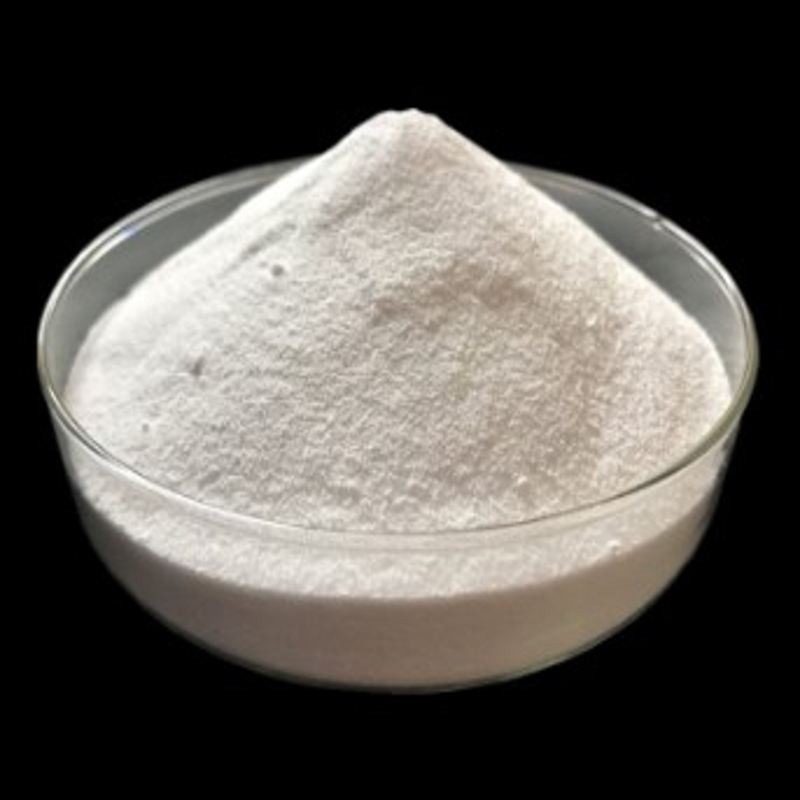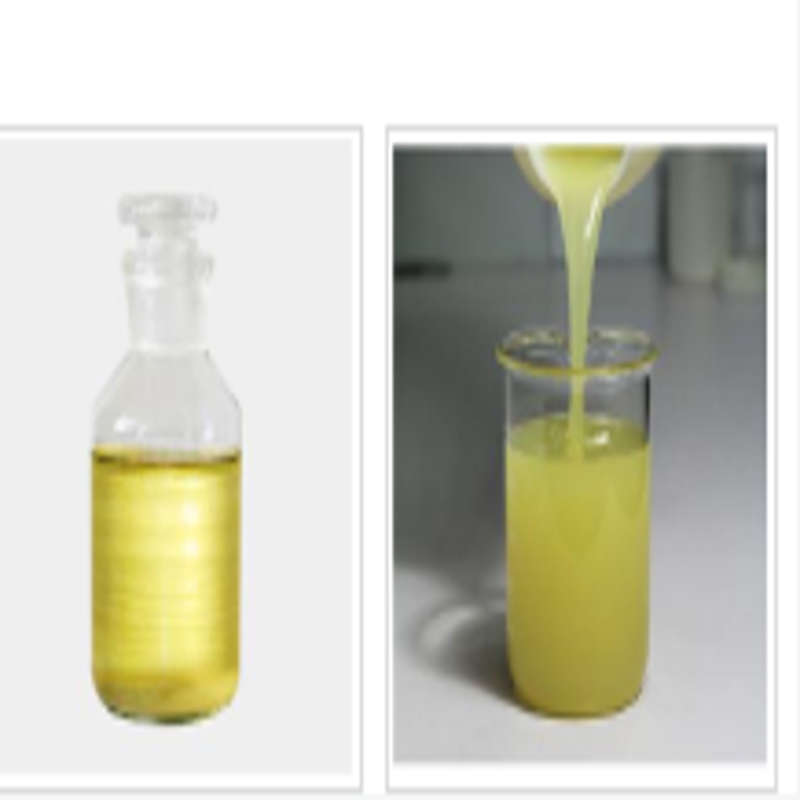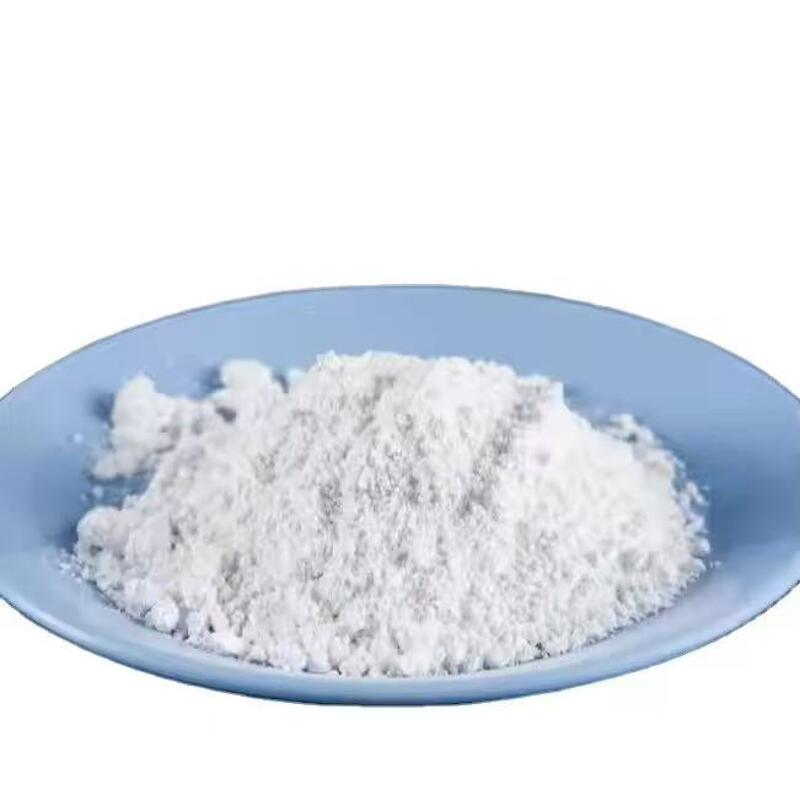-
Categories
-
Pharmaceutical Intermediates
-
Active Pharmaceutical Ingredients
-
Food Additives
- Industrial Coatings
- Agrochemicals
- Dyes and Pigments
- Surfactant
- Flavors and Fragrances
- Chemical Reagents
- Catalyst and Auxiliary
- Natural Products
- Inorganic Chemistry
-
Organic Chemistry
-
Biochemical Engineering
- Analytical Chemistry
-
Cosmetic Ingredient
- Water Treatment Chemical
-
Pharmaceutical Intermediates
Promotion
ECHEMI Mall
Wholesale
Weekly Price
Exhibition
News
-
Trade Service
The Production Process of Calcium Dihydrogen Phosphate in the Chemical Industry: An Overview
Calcium dihydrogen phosphate (CaHPO4), also known as dicalcium phosphate, is a widely used chemical compound in the food, agriculture, and pharmaceutical industries.
Its applications range from a food additive and a fertilizer to a pharmaceutical excipient and an analytical reagent.
The production process of calcium dihydrogen phosphate involves several steps that require careful consideration of factors such as quality, cost, and safety.
Step 1: Raw Material Preparation
The production of calcium dihydrogen phosphate starts with the preparation of raw materials, which typically include calcium oxide (CaO), phosphorus pentoxide (P2O5), and water.
Calcium oxide and phosphorus pentoxide are first reduced to their respective oxides using reduction agents such as coal or natural gas.
The resulting oxides are then mixed with water to form a slurry that is further processed to produce calcium dihydrogen phosphate.
The reduction process is critical to ensure that the raw materials are of high quality and free from impurities.
Step 2: Neutralization
The slurry obtained from the reduction process is then neutralized to produce calcium hydroxide (Ca(OH)2) and calcium dihydrogen phosphate.
The neutralization process involves adding an excess of calcium hydroxide to the slurry to raise the pH and convert the remaining phosphorus pentoxide into calcium phosphate.
The reaction is exothermic and requires careful monitoring to prevent overheating, which can lead to the formation of unwanted byproducts.
Step 3: Meshpanning
After neutralization, the slurry is passed through a mesh filter to remove any impurities and produce a purer form of calcium dihydrogen phosphate.
The resulting solid is washed with water to remove any residual impurities and then dried at a moderate temperature to remove any moisture.
Step 4: Calcining
The dried solid obtained from the meshpanning process is then heated in a furnace to a high temperature to remove any remaining impurities and produce a stable form of calcium dihydrogen phosphate.
The calcining process also sinters the particles together to form a more cohesive material.
The temperature and duration of the calcining process are critical and must be carefully controlled to ensure that the resulting product is of high quality.
Step 5: Grinding
After calcining, the resulting calcium dihydrogen phosphate is ground to a fine powder to increase its surface area and improve its flowability.
The grinding process is critical and must be carried out using specialized equipment to avoid producing particles that are too small, which can pose a health hazard.
Step 6: Sieving
The ground calcium dihydrogen phosphate is then passed through a series of sieves to remove any impurities and produce a purer form of the product.
The sieving process is critical and must be carried out carefully to avoid damaging the particles and causing them to break down.
Step 7: Packaging
The final product is then packaged in airtight containers to prevent moisture absorption and preserve its quality.
The packaging process must be carried out carefully to ensure that the product is safe to handle and transport without posing any health or environmental risks.
Challenges and Future Directions
The production process of calcium dihydrogen phosphate is not without its challenges.
One of the main challenges is the risk of exposure to toxic byproducts such as phosphine gas, which can be produced during the reduction process.
To mitigate this risk, manufacturers must implement strict safety measures such as adequate ventilation and the use of personal protective equipment.
Another challenge







